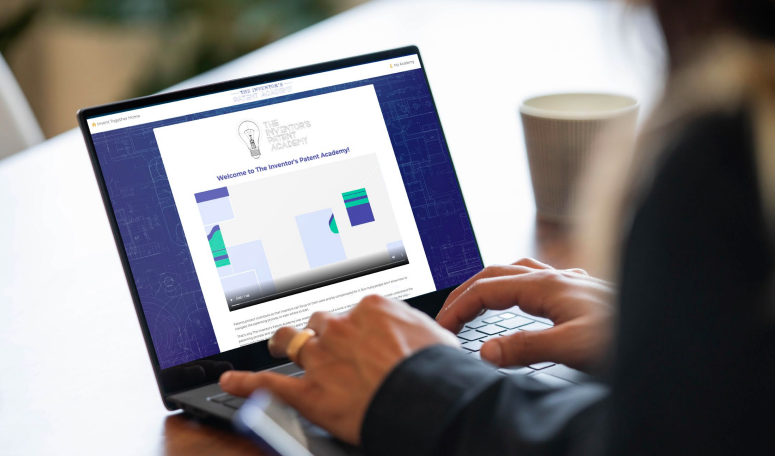Fostering a More Inclusive Patent Ecosystem for All Inventors

As published in Qualcomm's 2022 Corporate Responsibility Report
We believe that the United States patent system should reflect the diversity of this country, and if we can diversify who is inventing and patenting, we can create more jobs, boost the U.S. economy, close wage and wealth gaps and ensure the U.S. remains a global leader in innovation. We are actively working within our Company and externally to create more equitable opportunities for women and people of color in innovation.
We are a founding partner of Invent Together, a campaign supported by organizations, universities, companies and other stakeholders that are dedicated to understanding the gender, race, income and other diversity gaps in invention and patenting and supporting public policy and private efforts to close them. With Invent Together, we are advocating for greater study of historical exclusion from patenting and for policies and programs aimed at making patent-heavy STEM fields more inclusive. For example, we advocated for passage of the Inventor Diversity for Economic Advancement (IDEA) Act, which would direct the United States Patent and Trademark Office (USPTO) to collect inventors’ demographic data on a voluntary basis and make this information available in the aggregate for research.
The story of engineering breakthroughs by our Company is a case study for how the U.S. patent system helps inventors get their ideas into the marketplace, while funding future risk-taking and innovation. This story helps explain why we have long championed support for strong IP rights as a foundation for future inventors of all backgrounds and why, in 2022, we partnered with Invent Together on the launch of TIPA.
TIPA, which formally launched during the summer, is an online learning platform aimed at guiding inventors through the benefits of patenting and the process of obtaining a patent — particularly potential inventors with backgrounds that provide them little or no exposure to the world of IP. The educational modules of TIPA are designed to show potential patentees what they can gain from patenting their invention and what the process looks like from the inventor’s point of view.
Most importantly, the free course aims to make patenting more accessible for groups historically underrepresented in the patent-heavy science and engineering fields, including women, people of color, people who identify as LGBTQ+, people from lower-income communities and people with disabilities.
We have long championed strong patent rights because we know the personal, national and global transformative power they bring. In developing TIPA, we were motivated by the belief that everyone can invent, that every inventor can learn to patent and that strong patent rights empower individual inventors to transform the world in ways that benefit us all.
Learn more in Qualcomm's 2022 Corporate Responsibility Report

